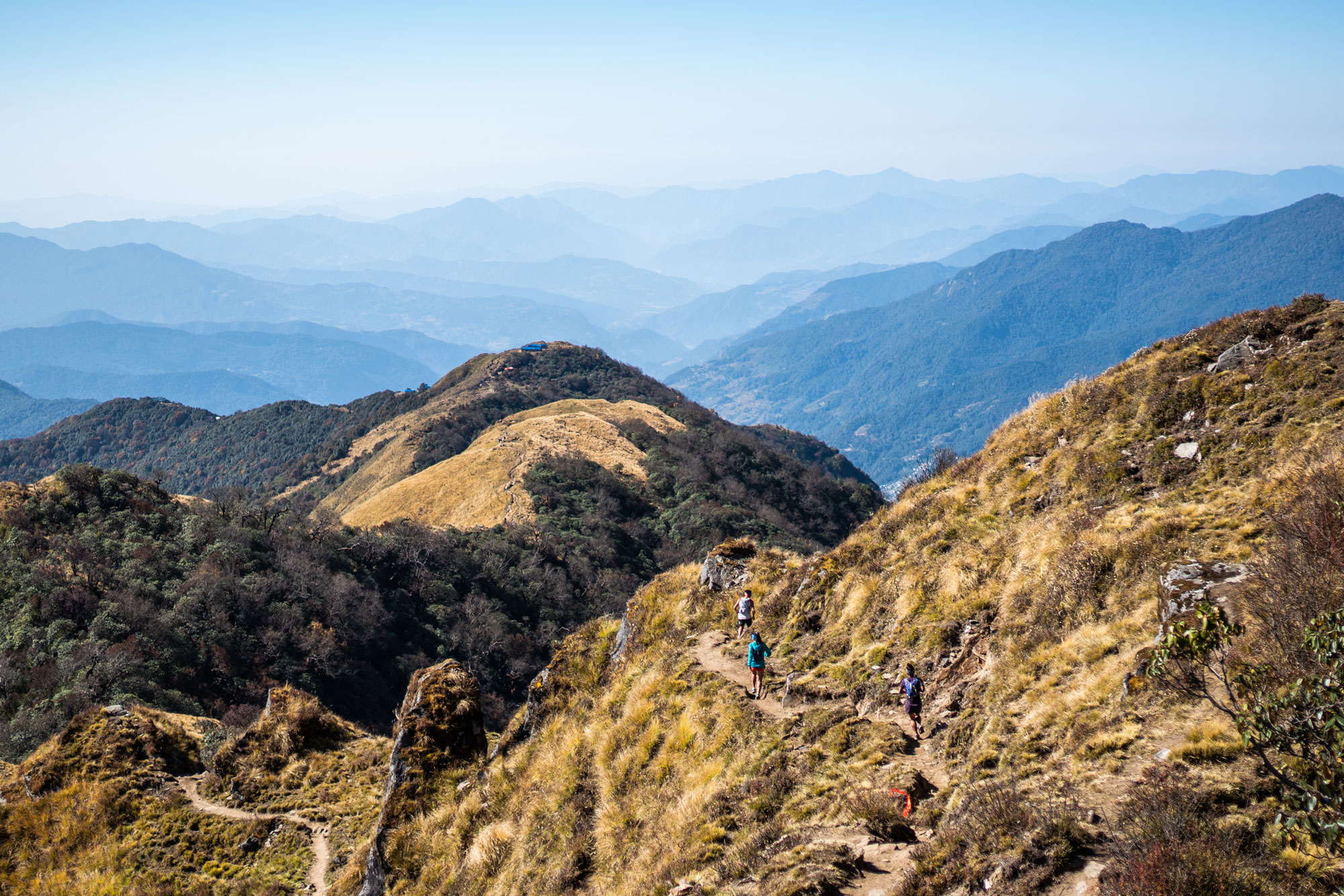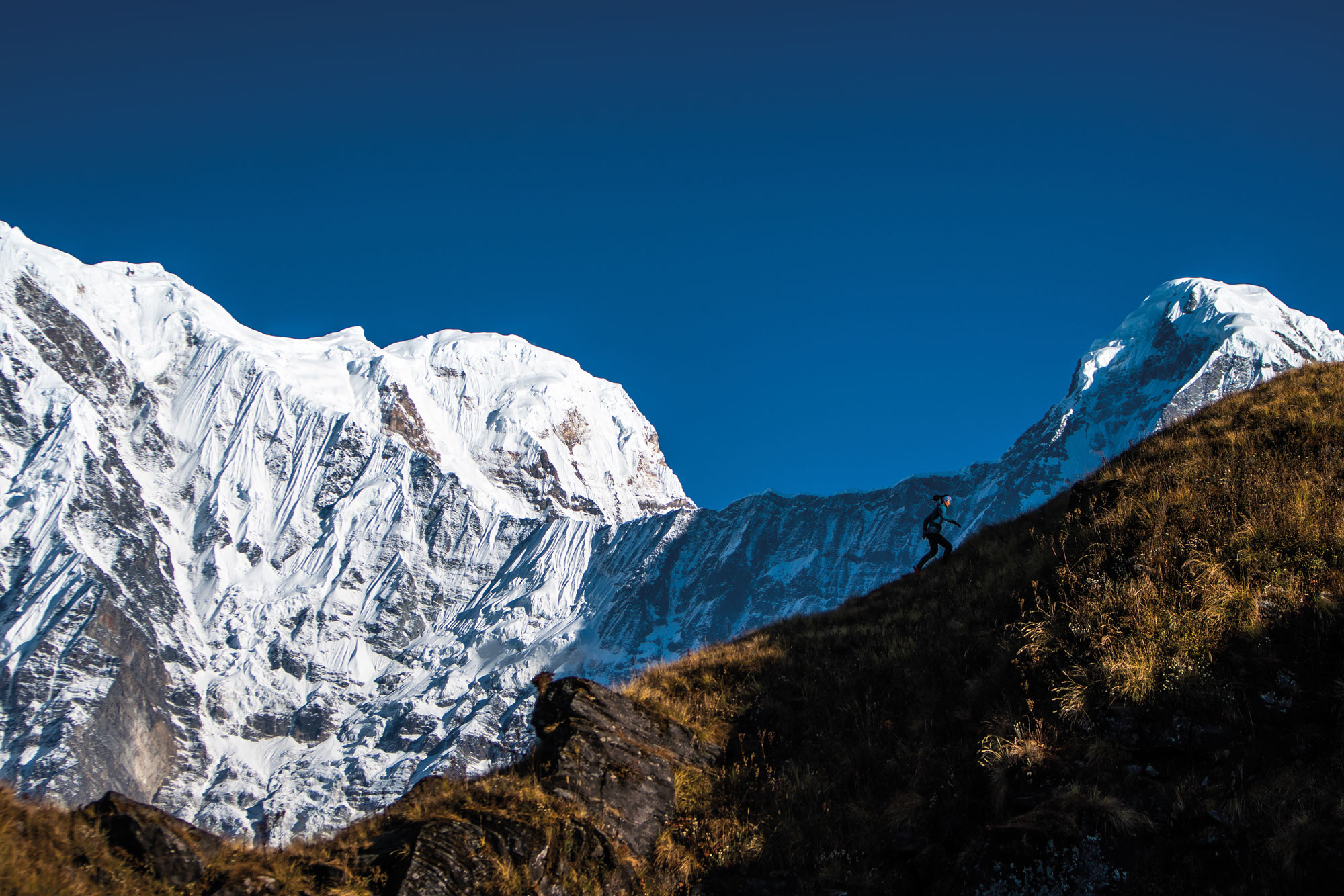Mira Rai
With: Salomon
Text: Chiara Guglielmina
Photos: Martina Valmassoi
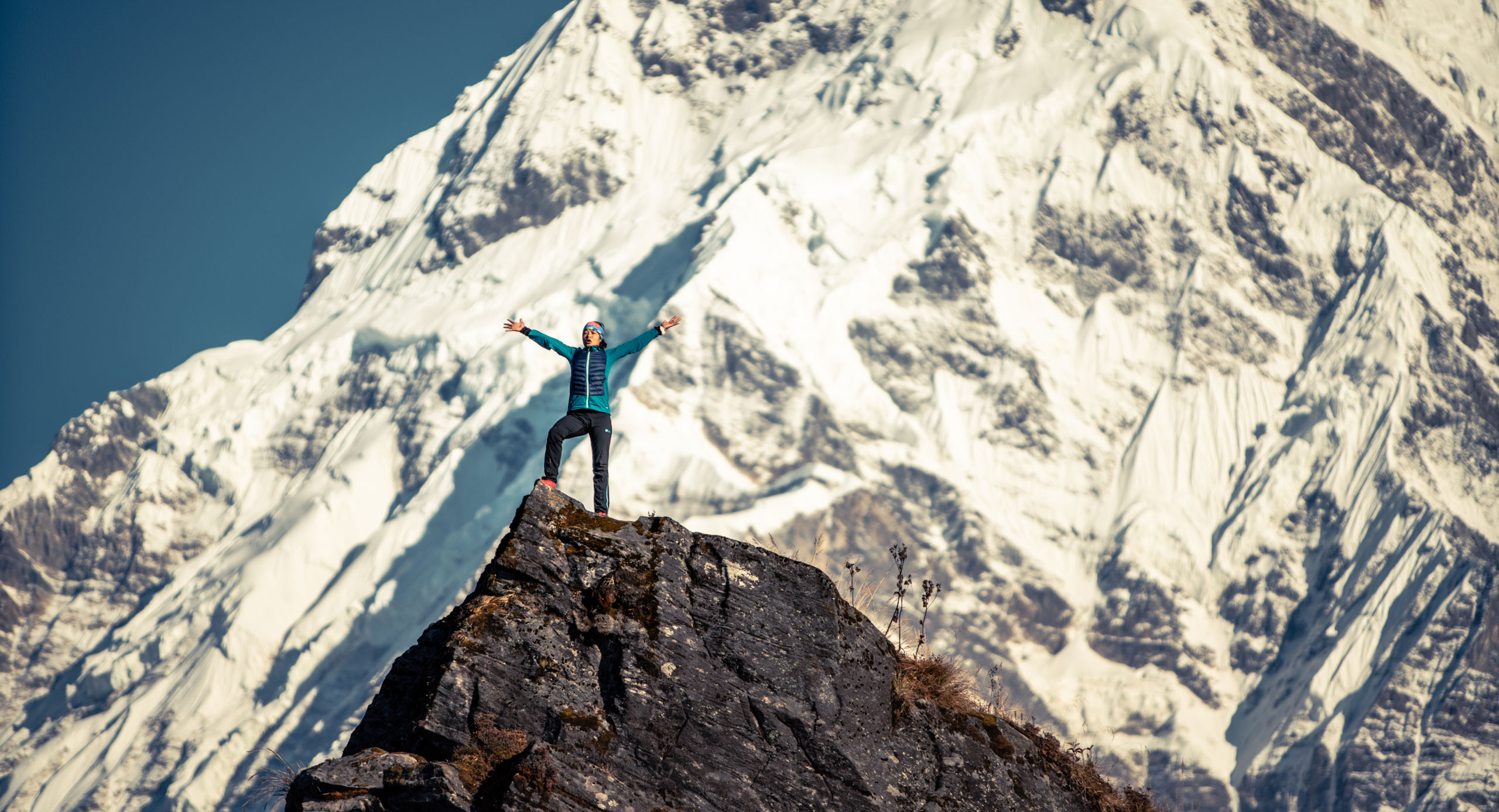
The story of Mira Rai, The Stoic
Chapter 1 – The revolution of useless
Feeling useless is a form of violence. No less tough than others. It is a destructive action against yourself and an act of disrespect towards others. A subtle form of offence to life: an unhealthy condition that blinds those who fall victim to it.
Uselessness as a perception of yourself is a frightening hymn to presumption and self-centredness: human diseases since ancient times.
Suspecting that my work is useless means considering every single story that passes through my pen as a direct consequence. However, the real sin is not perceiving that your own actions are vain, the real defendant is insecurity: another dangerous evil. A vice that disguises itself as a perennial justification: “Poor thing, she behaves this way because she is insecure.” An infirmity that is treated, erroneously, with compassion and condescension. When instead it would need a kick in the ass. Bumping repeatedly every day into a newspaper headline, a post, an interview or a photo that maliciously whisper a deafening chant: “Did you see how cool they are, what about you? What are you doing here?” That risks damaging less strong people.
And by the way, in the end, without a photographer, without a journalist, a documentarist or a writer present where life’s things happen, many stories would get lost in the saturated chaos of more or less relevant anecdotes that clog the channels of communication every day.
In any case, waiting for the judges of futility to issue a sentence, as long as this work opens the doors to realities like the one of Mira Rai, I can only feel grateful. And I humbly lend myself to the role of “modern storyteller”, taking all the kicks in the ass that I deserve.
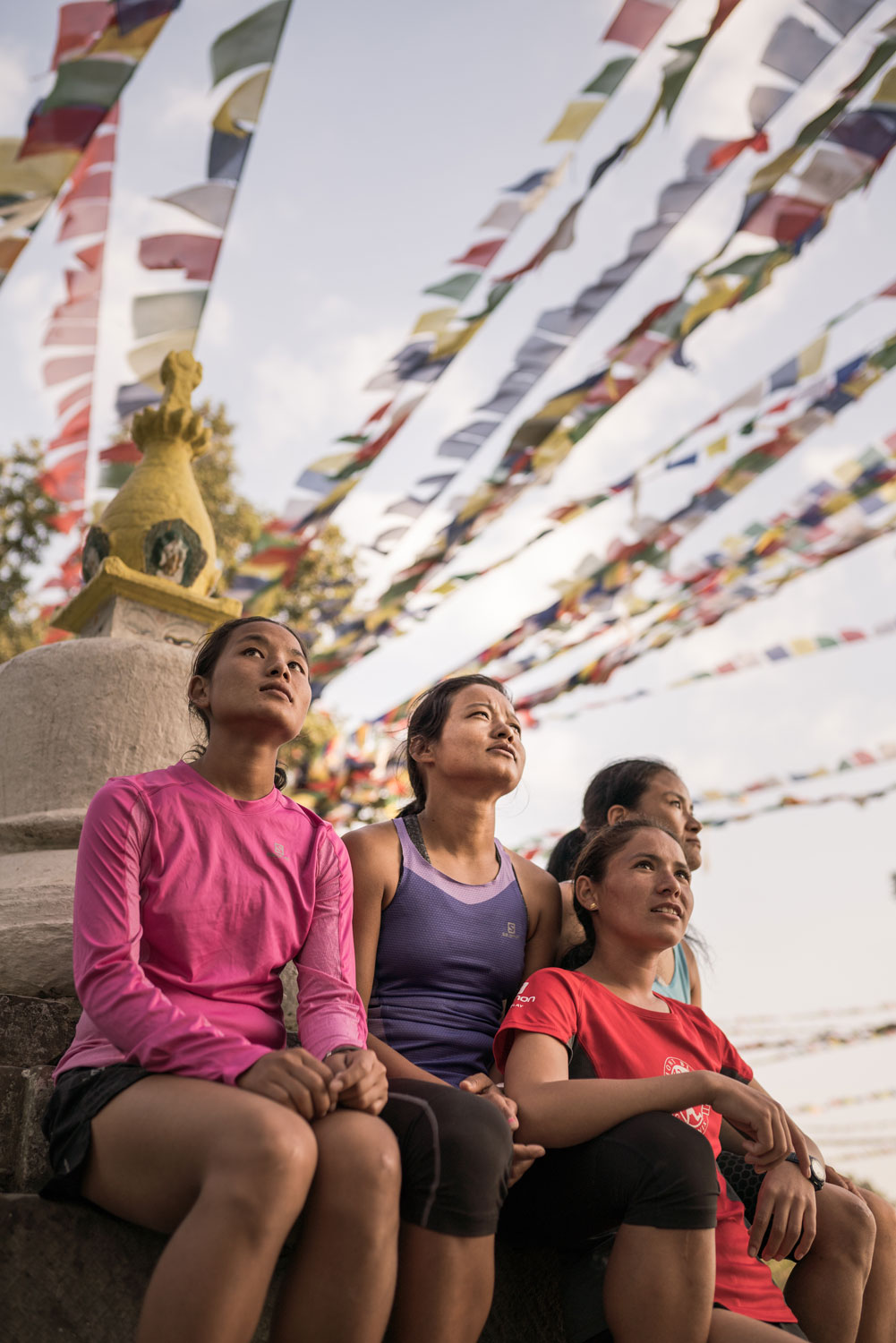
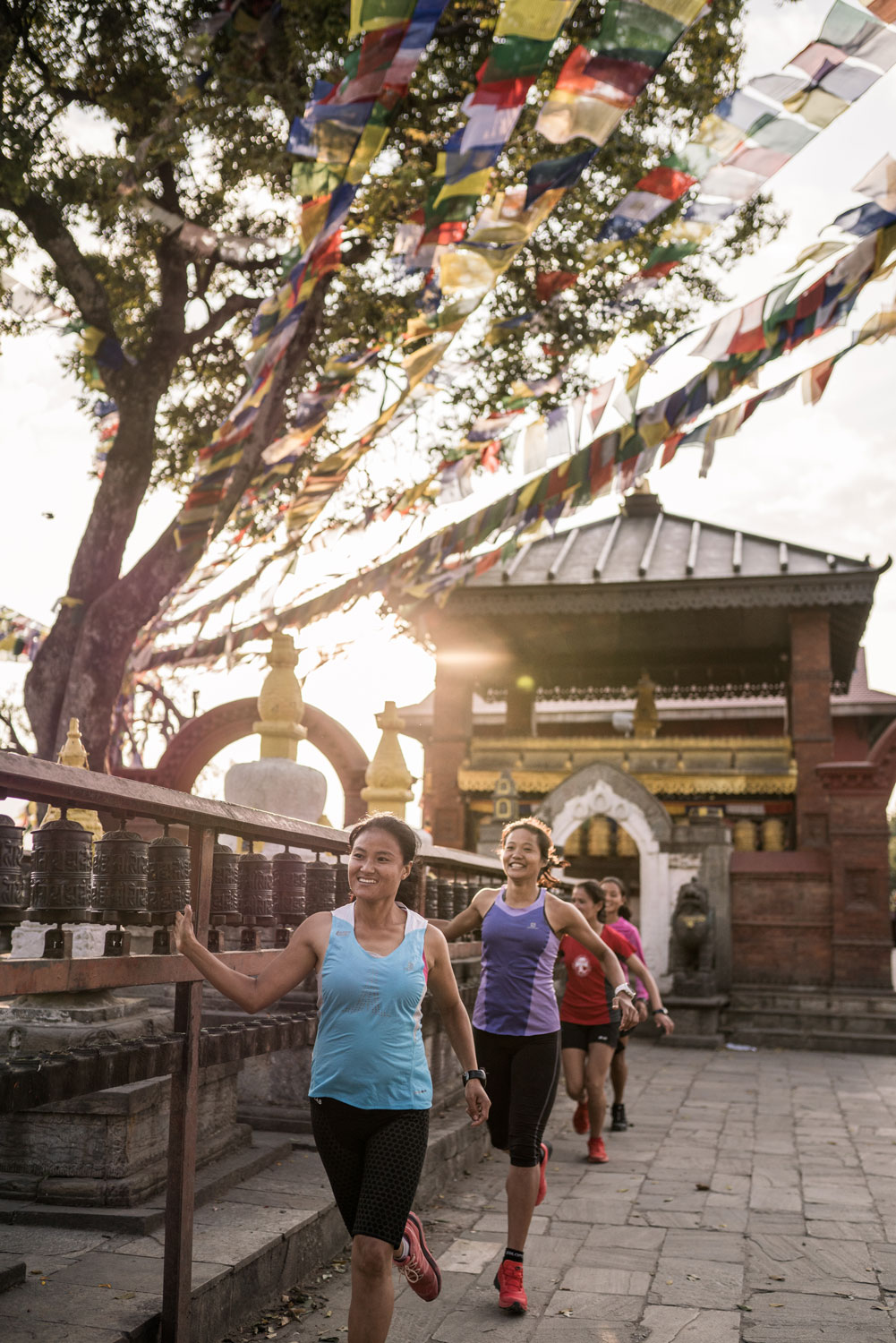
Chapter 2 – The willingness to lose
Surely it already happened to you to lose your sense of orientation in the mountains, to advance stunned in a frantic search for direction. Dragging yourself dismayed in a murky fog, without physical or moral strength to support, dazed by the dull silence that drows reason and threatens the natural propensity for life. It is not fun to get lost, even if only for a short time. In the mountains I happened to get scared, but I felt the real anguish when a dense fog, on a normal afternoon, invaded my studio, leaving me helpless. Arms stiff like frozen mountaineers’ jackets and a tumult in the chest. Panic attacks are much more common than you might think.
Unable to organize a form of defense from ourselves, we fantasize about a possible plan of attack to face the great things in life. Anesthetized by Western ease, we proceed drugged towards the dangerous lethargy of the unspoken, of the undone. Refugees in a comfortable sloth, but condemned to permanent inertia. It is important in life to have a plan of attack. A scheme based on the willingness to lose. On the ability to survive possible defeat.
And while we stopped running for fear of falling, Mira Rai won competitions where she didn’t even know the route. The humble Nepalese girl has shown, with her immeasurable willingness to lose, the shortcomings of a system, ours, completely unable to face one of the most urgent modern problems: the inability to manage suffering or, even only, its mere hypothesis.
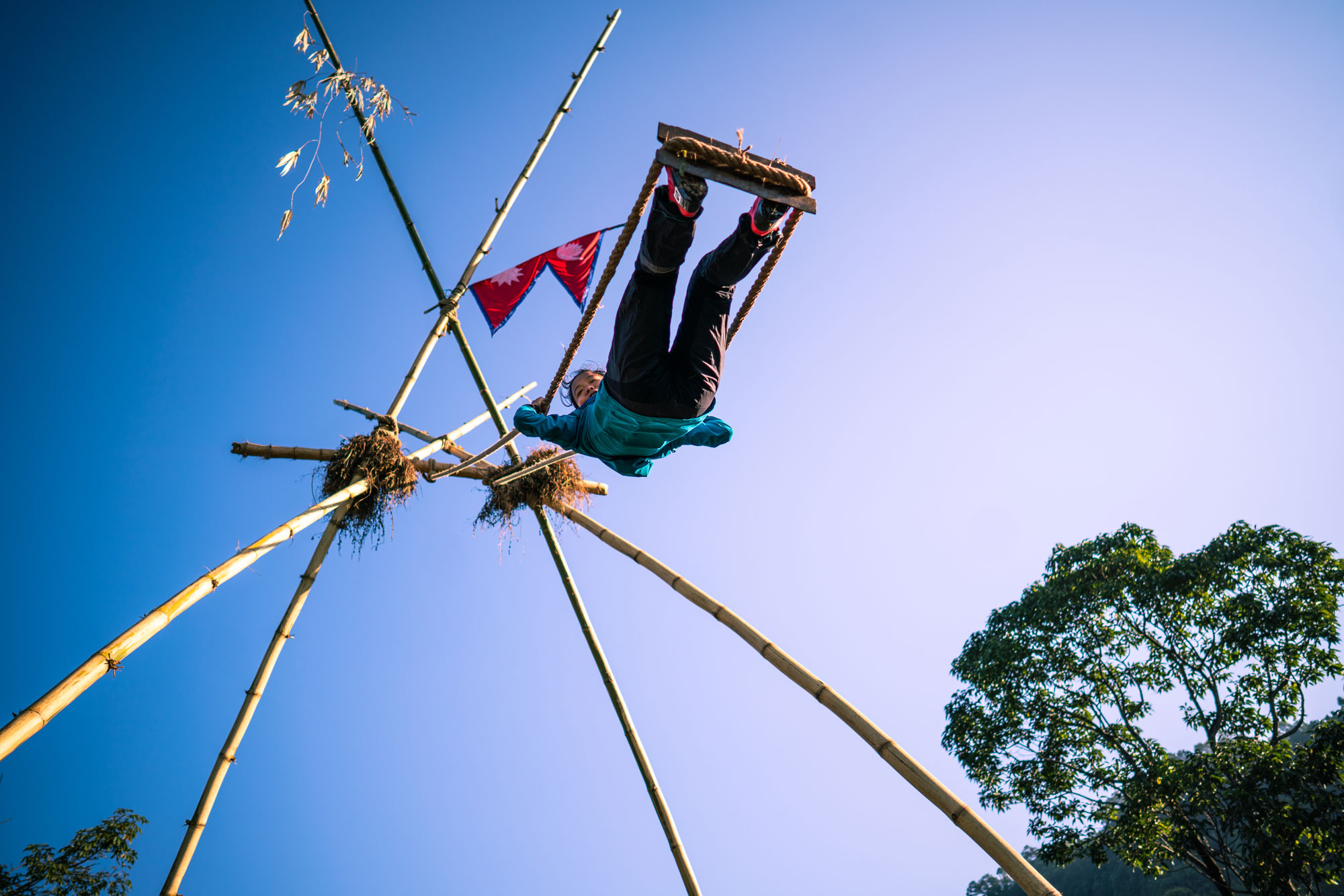
Chapter 3 – Dreamer Mira
Mira is, more than anything else, a young Nepalese woman. Born in 1988, she has a wealth of experiences that are not normally collected in a single life. From a Nepali rice picker child, to a Maoist soldier, from trail running champion, to a symbol of international optimism.
Born in an earthly paradise, a bright future could only await her. Since her birth, high snow-capped peaks have framed the green valleys of Mira’s childhood. Huge expanses interrupted only by huts of some small village and by mirrors of water sparkling in the wind. I wonder how she, immersed in such a vast space, decided to run across it.
A unique place, but also a hostile environment where to live. We are still fighting against beliefs and superstitions that limit freedom and, above all, we are confronted every day with the rurality of a still very poor territory. Let’s say that in such a reality, taking a daily run to keep in shape is not common. As mentioned above, Mira, in addition to being a runner, is first of all a woman and probably this was her toughest challenge in Nepal. In many villages the possibilities for emancipation are still scarce, if not zero. Finding an escape route, however far and fast you may run, is still very complex.
She grew up in Nepal, as a Nepalese girl. The only woman among five brothers, a modest family as a nest and strong women as an example of strength. She was educated as a child to contribute to the sustenance of the family, she soon experienced fatigue and sacrifice, moving large loads of rice from one village to another. Education was a luxury and school was only accessible after fulfilling these obligations. To have a dream, in such a reality, is to follow a chimera. Only a worthy visionary would be able to dream in such a reality. Mira’s temper is touching.
Chapter 4 – Soldier Mira
Mira was 14 when she chose to take up arms. The Maoist army guaranteed her two meals a day and a monthly allowance. In addition to the money, which she promptly sent home, one less mouth to feed allowed the family to take a breather. And Mira knew this very well, she felt a burden for loved ones.
Trained as a soldier for two years, the conflict broke up before fighting was necessary. In the time spent in strict military discipline she discovered her talent: she could run faster and longer than anyone else. In the messy set of contradictions that I do not understand and that I do not have to judge, one thing strikes me positively: in the Nepalese army, boys and girls are given the same treatment. They are considered equal or, as Mira revealed more poetically in an interview: “men and women like heaven and earth: inseparable.” I don’t know whether to read romanticism or exasperated communism, but I like the sentence. After winning an organized race inside the field, Mira started running for two hours a day, every day.
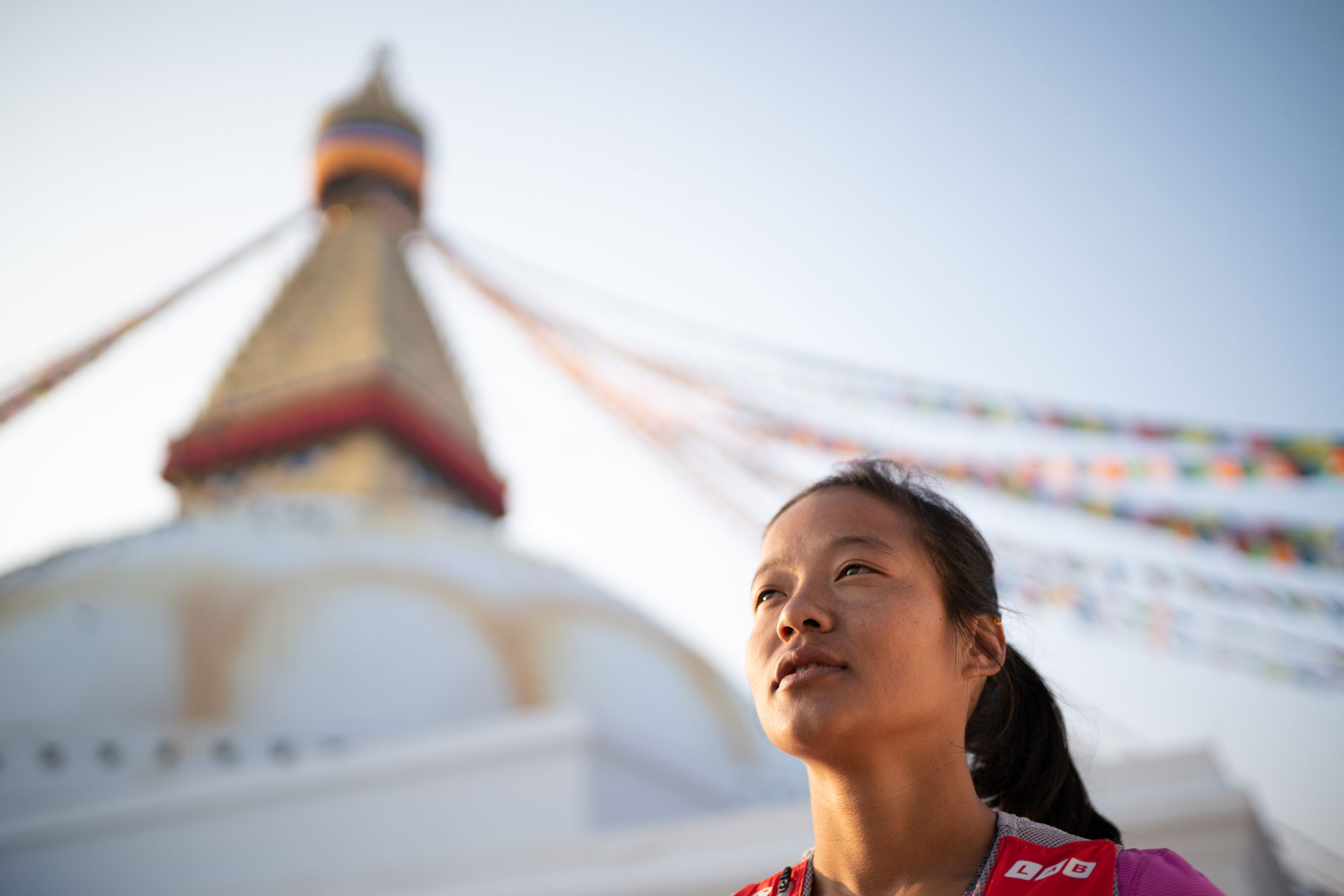
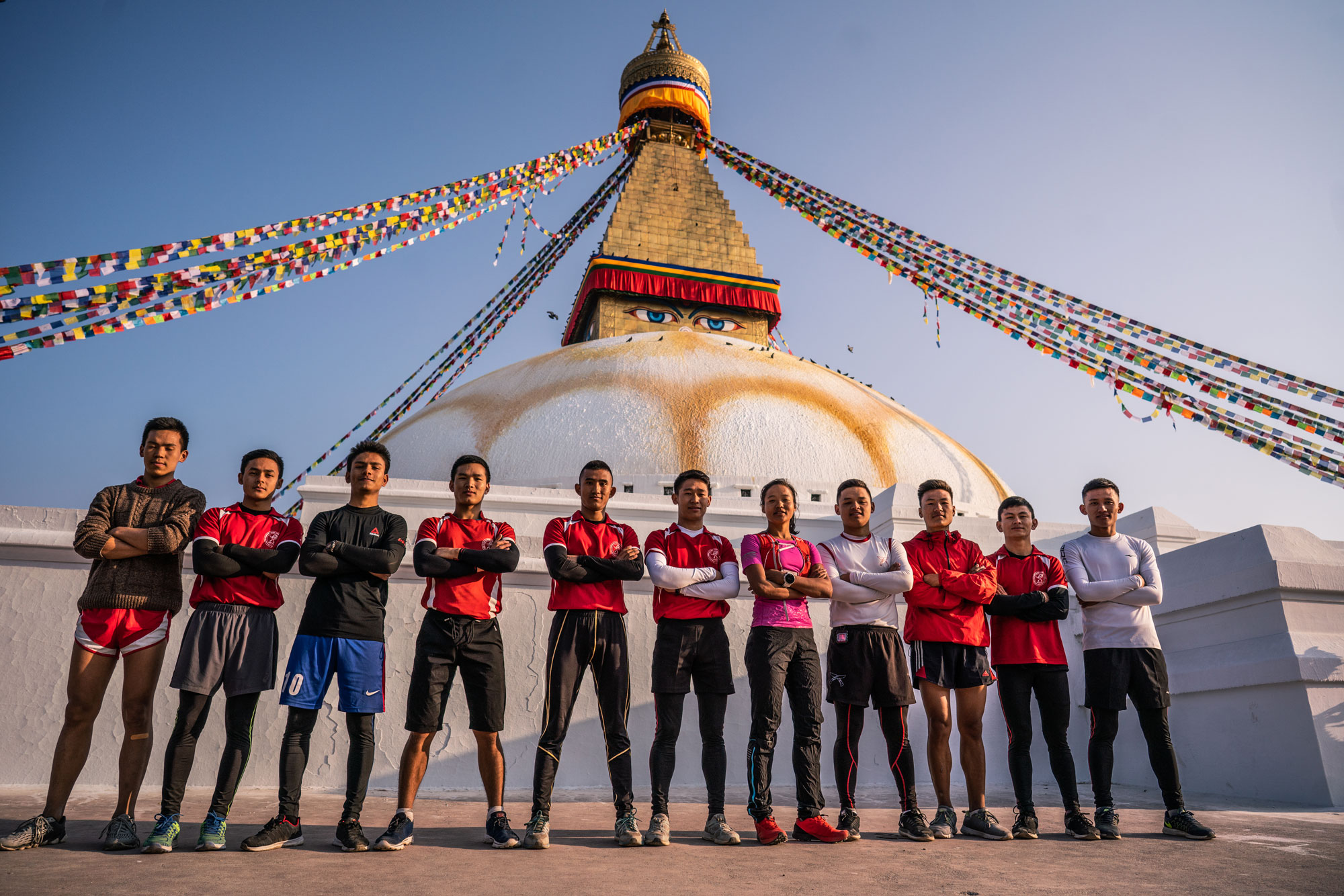
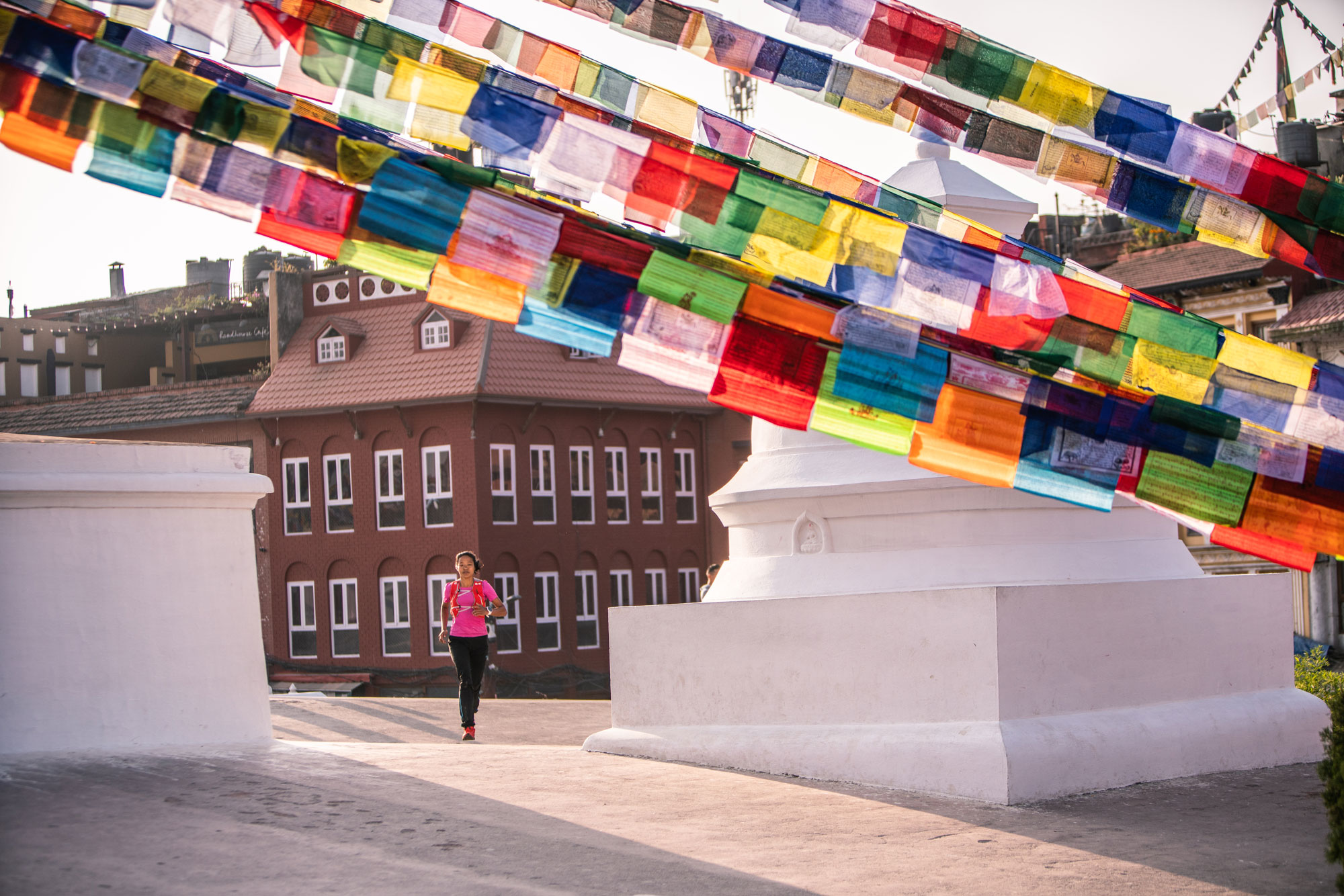
Chapter 5 – The turning point
“Wow! This is for me.” – “I could run forever.” – “Just running, running, running.”
Sentences that testimony this turning point, words of Mira.
In 2006, a peace agreement was signed between the fighters of the opposing factions and an impressive number of children, over 4000, were expelled as minors. Mira, not yet eighteen, moved to Kathmandu in search of work. She soon found herself going through one of the darkest moments in her life: she was alone, with no work and no money. She still didn’t know it, but by running every day for hours and hours, she was setting the stage for her revenge as a person. As a Nepalese. As a woman.
It is not long before she realized that the few pennies earned in Kathmandu were not enough. She decided to apply for a visa to move to Malaysia and work in a large clothing factory, but a few weeks before her move, her life changed radically. The Himalayan Outdoor Festival, a tough competition that ran steep slopes over rough terrain for 50km, was waiting for her.
Worn shoes on her feet, torn trousers and on the face the naive and innocent expression of those who have not fully understood their being in time and space. But Mira won. She not only finished the race despite eating nothing on the way, but she crossed the finish line first, under a hailstorm.
Fifty kilometers definitely changed her life. While she continued to ignore the real size of her gesture. From that moment on, the great little Nepalese woman collected a series of successes that made her, in a short time, a global phenomenon.
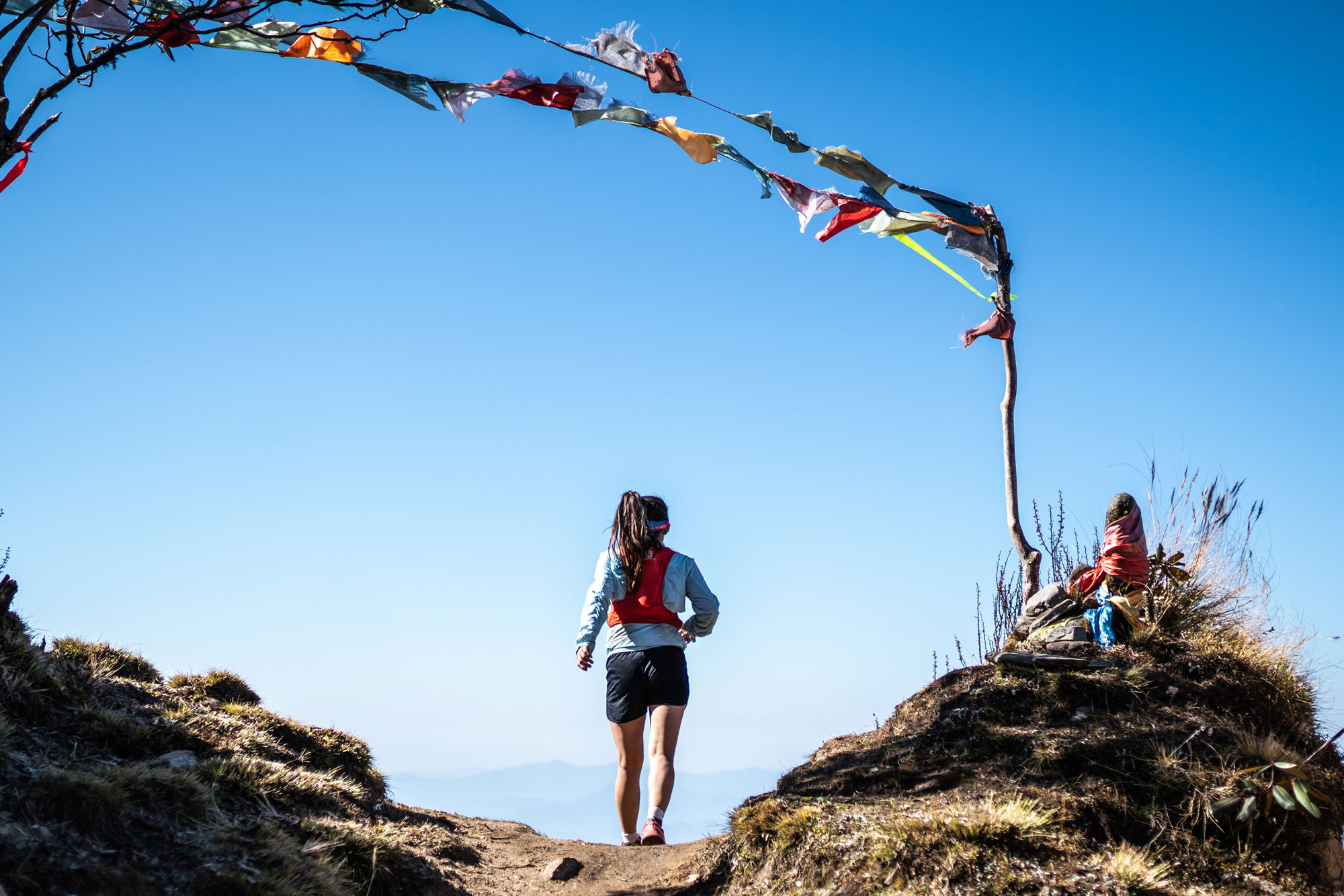
Chapter 6 – Her curriculum and the years of debut
2014 Himalayan Outdoor Festival – Nepal – Ultra trail 50km – Gold
2014 Mustang Trail Race – Nepal – Ultra trail – Gold
2014 Sellaronda Trail Race – Italy – Ultra trail 57km – Gold – 06:36:30
2014 Trail Degli Eroi – Italy – Ultra trail 83km – Gold – 09:16:00
2014 MSIG HK – Hong Kong – Ultra trail 50km – Gold – 5:30:32
Chapter 7 – The result of a lifetime
In 2015, back from Hong Kong, Salomon, which had closely followed her career, decided to sponsor her by officially inserting her into its team. Then suddenly, in 2016, everything on that strip of Nepalese land trembled. The earthquake also closely affected Mira who in a few minutes lost friends and family, but even in this situation she showed all her stoicism. The propensity to resist. All time.
Three months after the earthquake she returned to Italy to run the 80km of the Mont-Blanc Marathon. She won again. Still in mourning for the victims of the earthquake, she did not have her usual smile on her face, but the need to return home with positive news pushed her, once again, to triumph.
2015 Mont-Blanc – Skyrunning World Series – Mont-Blanc – Ultra trail 80km – Gold – Record
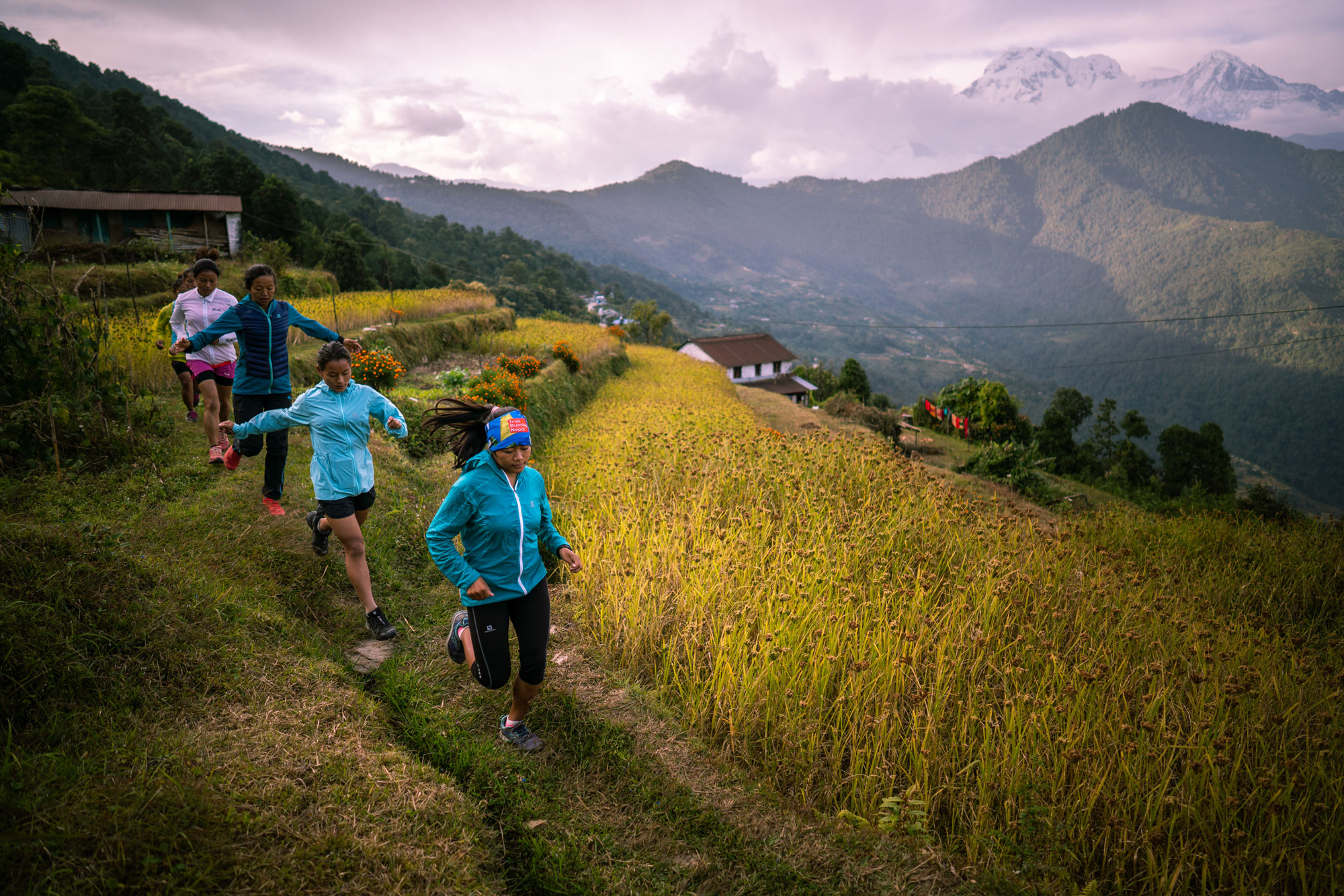
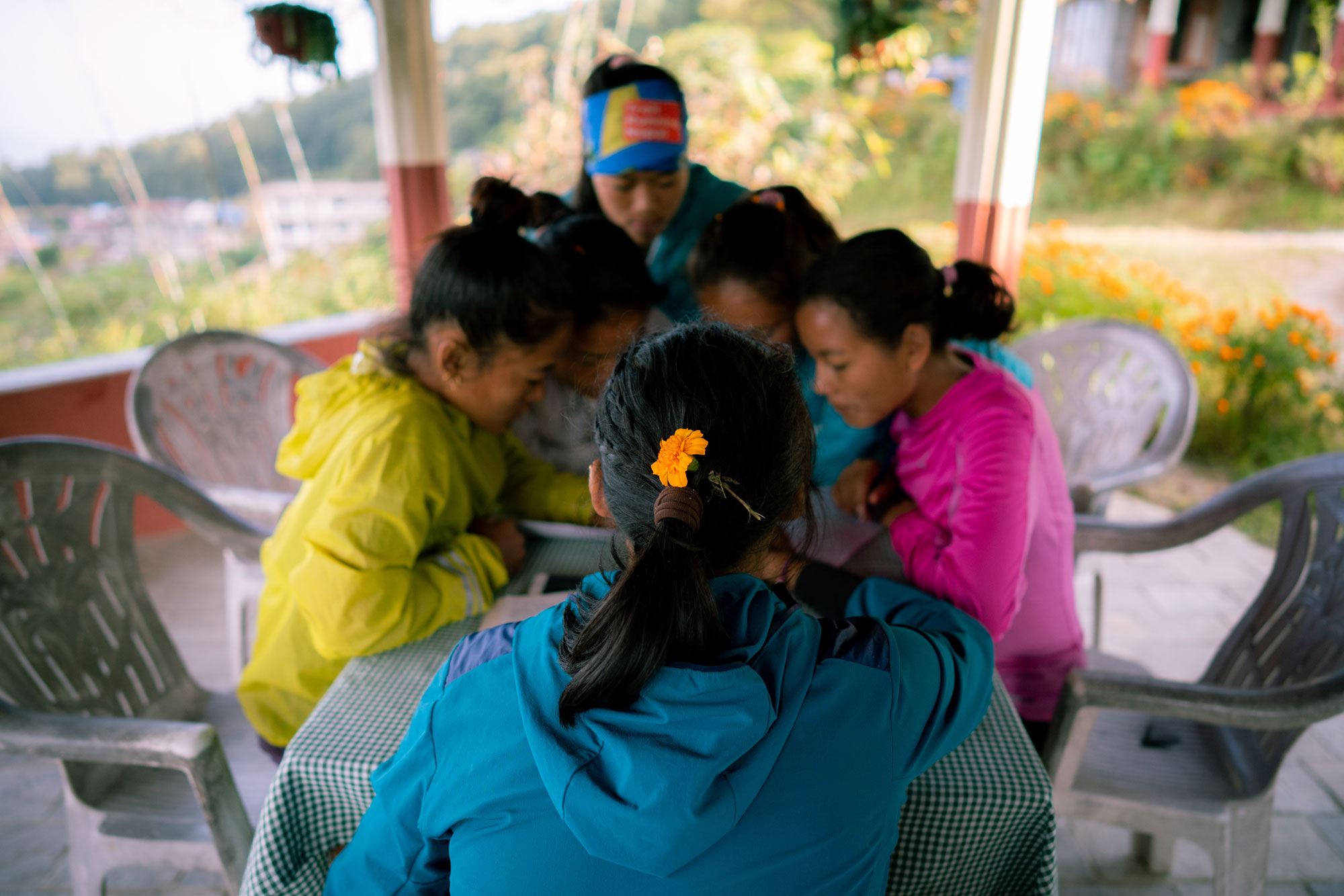
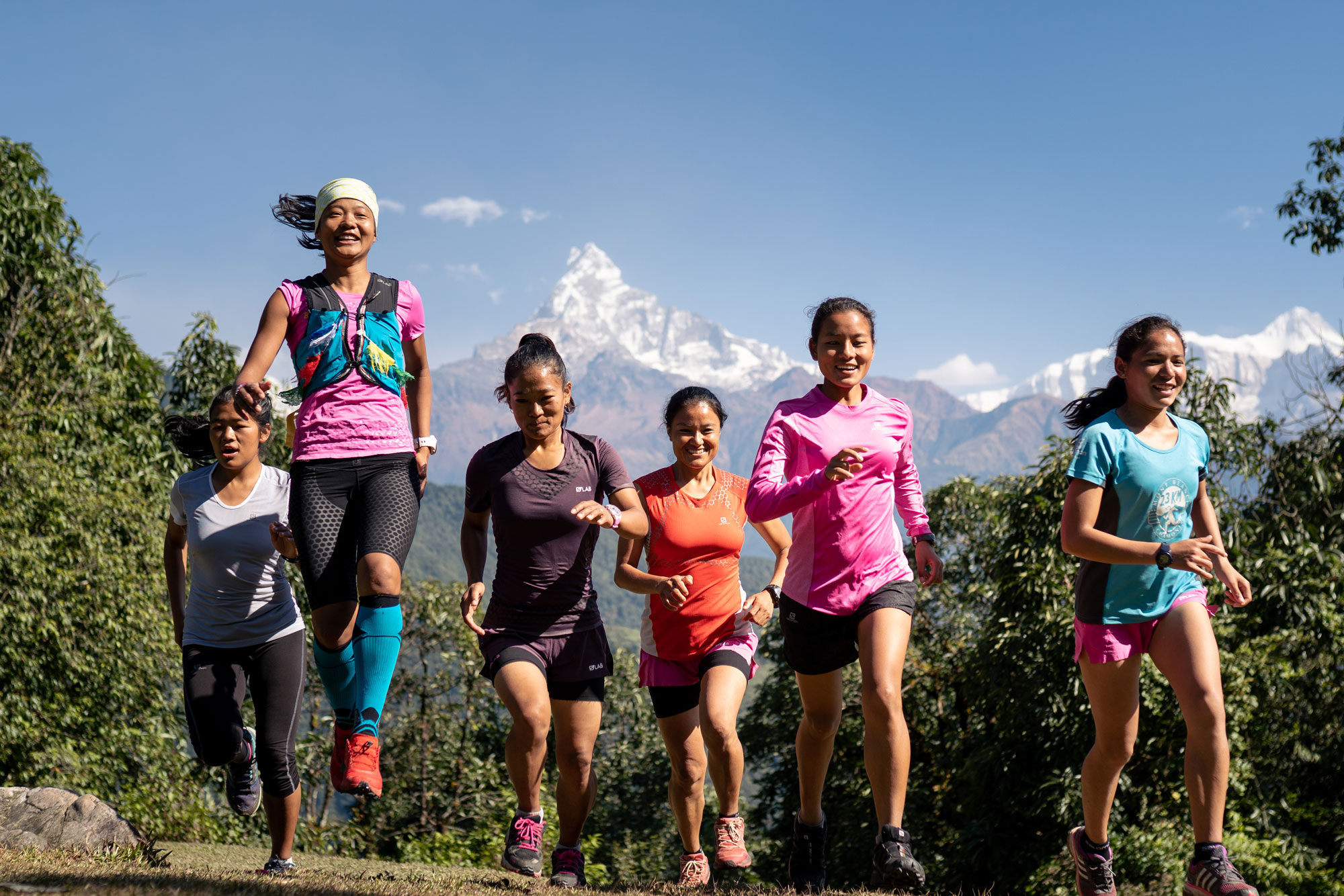
Chapter 8 – The super power of the women of the East
The image of Mira crossing the finish line, waving her country red flag to the rhythm of applause and congratulations, literally went all around the world, becoming the cover image of all newspapers. From running around in worn flip-flops among her villages, to a source of inspiration on a planetary level. At this point, I wonder how much potential Eastern women hide. With many disadvantages from too many points of view, but with the super power of that willingness to lose which is unknown to us.
And anyway, returning to the beginning, what did Mira do in the end? She just put one foot in front of the other, right? Do we really think that’s useless?
Final chapter – Stoic Mira
I have always found something heroic in the idea of resisting. There is a subtle difference between “resisting” and “fighting”. There is romanticism in the concept of resistance. Stoics are those who live by virtue. Those who believe it is possible to live a good life not by seeking wealth or power, but by doing the right things. I wish Mira to follow this path, even if she seems to have been on the right path for several years already.
